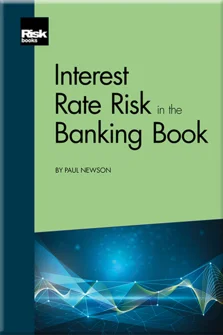Relevant Accounting and Financial Concepts
Introduction
An Overview of Banking
Relevant Accounting and Financial Concepts
Fundamentals of Interest Rate Risk and the Banking Book
Standard Metrics for Identification and Assessment of IRRBB
Managing and Hedging IRRBB
Interest Rate Basis Risk
Behavioural Assumptions in the Management of IRRBB
Non-dated Liabilities
Other Types of Market Risk
Reporting and the Management Process
IRRBB: Its Links to the Operating Plan and Stress Testing
Regulatory Requirements
Although this book attempts to address the area of interest rate and other market risks from first principles as far as is possible, and presumes little or no prior knowledge on the part of the reader, there are nevertheless a few underlying accounting and financial concepts about which some knowledge is assumed. This chapter therefore aims to inform those readers who are new to these concepts or wish to re-familiarise themselves with the main issues involved.
The chapter will provide a brief overview of:
-
- the meaning of discounted cashflow (DCF) and its use to compute the present value (PV) of a future cashflow;
-
- the difference between accrual accounting and mark-to-market (MTM) accounting;
-
- what determines the level of interest rates for different maturities, and hence the shape of the yield curve; and
-
- some of the principal wholesale financial instruments that are mentioned in later chapters.
DCF AND NPV
Consider a situation in which you are offered the choice between receiving £1,000 in one year’s time or £960
Copyright Infopro Digital Limited. All rights reserved.
As outlined in our terms and conditions, https://www.infopro-digital.com/terms-and-conditions/subscriptions/ (point 2.4), printing is limited to a single copy.
If you would like to purchase additional rights please email info@risk.net
Copyright Infopro Digital Limited. All rights reserved.
You may share this content using our article tools. As outlined in our terms and conditions, https://www.infopro-digital.com/terms-and-conditions/subscriptions/ (clause 2.4), an Authorised User may only make one copy of the materials for their own personal use. You must also comply with the restrictions in clause 2.5.
If you would like to purchase additional rights please email info@risk.net











